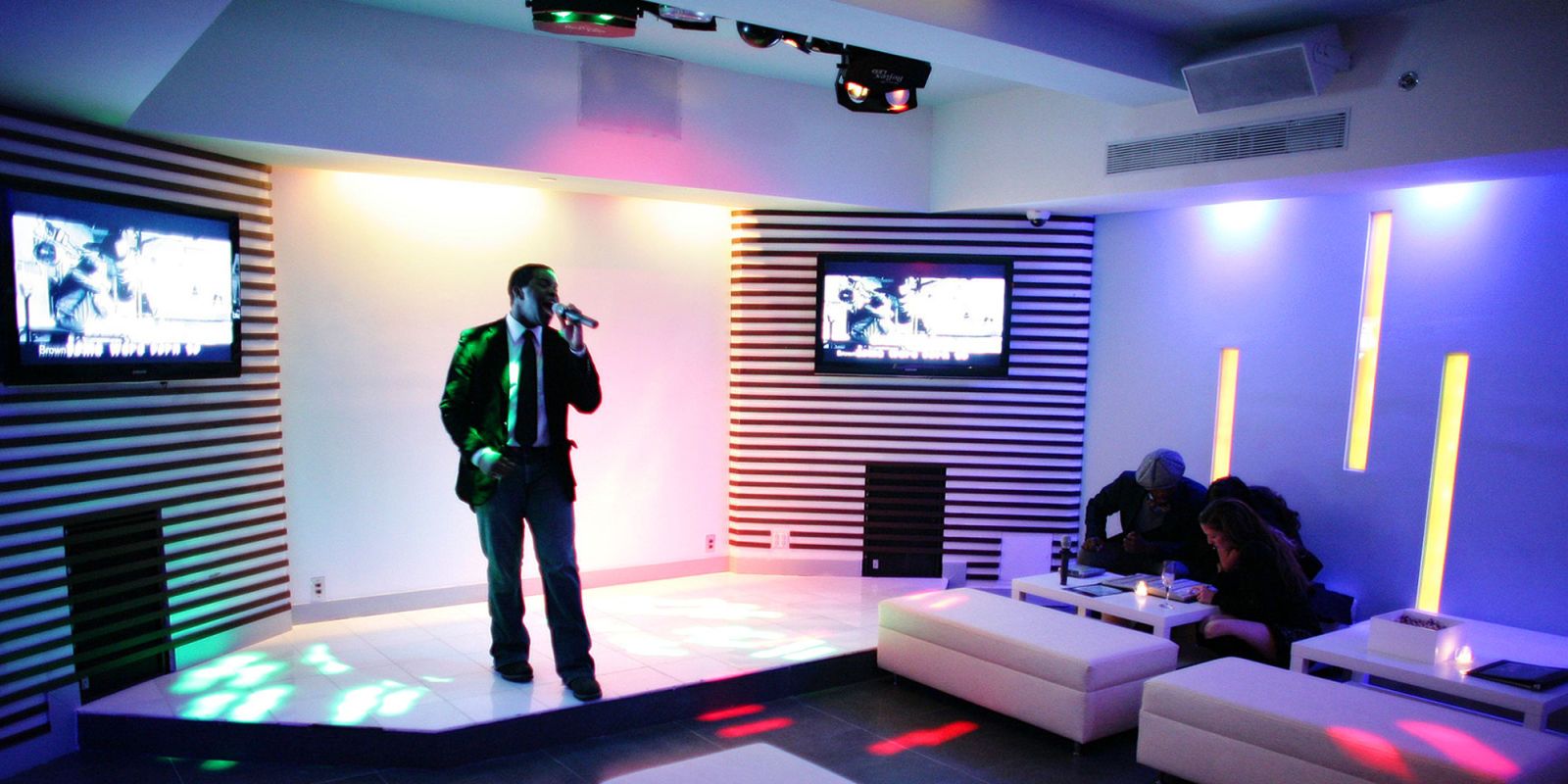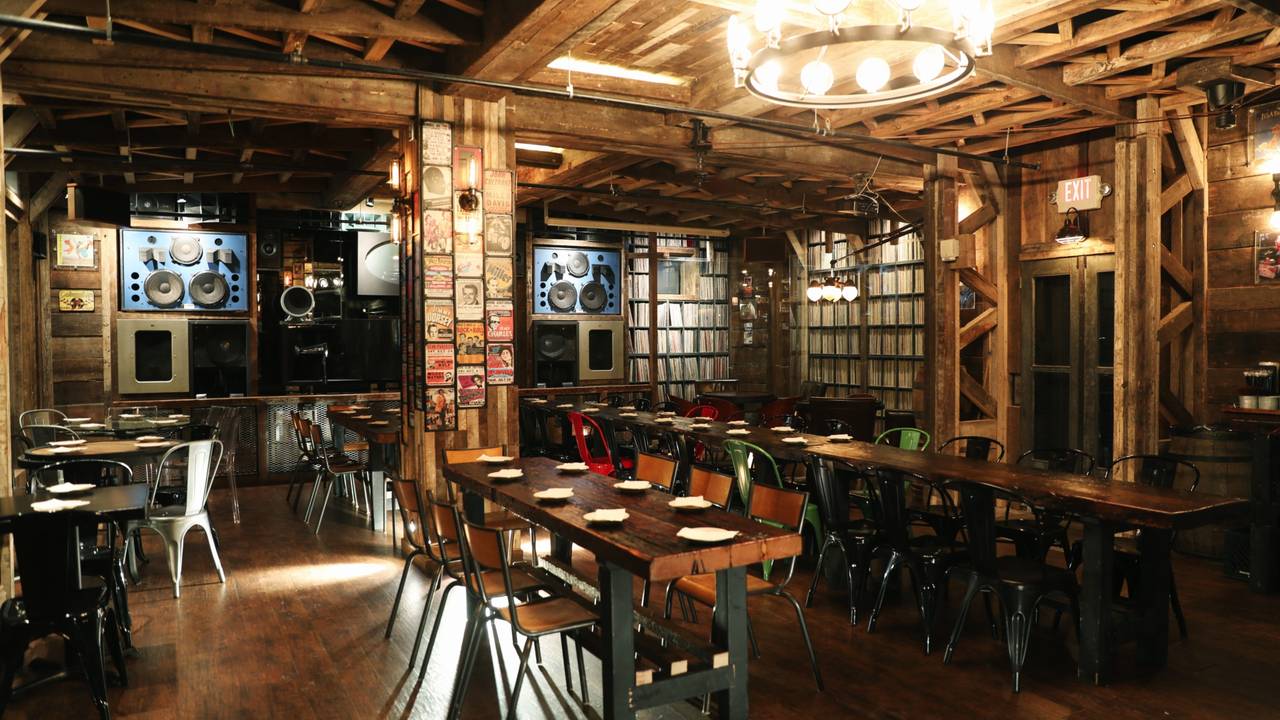
Karaoke machines were initially placed in restaurants and hotel rooms.

Although lacking the live atmosphere of a real performance, it caught on as popular entertainment. Instead of giving his karaoke machines away, Inoue leased them out so that stores did not have to buy new songs on their own. Realizing the potential for the market, he made a tape recorder-like machine that played songs for a 100-yen coin each. Inoue, a drummer, was frequently asked by guests in the Utagoe Kissa where he performed to provide recordings of his performances so that they could sing along. In Japan, it has long been common to provide musical entertainment at a dinner or a party. For this reason, he is often considered to be the inventor of the business model for karaoke, even though he did not, like Negishi or Yamashita, file a patent.

He also included a reverb function to help mask singers' deficiencies. His biggest contribution was recording his own versions of popular songs in keys that made them easier for casual singers. In 1971, nightclub musician Daisuke Inoue independently invented his own karaoke machine in Kobe. Another early pioneer was Toshiharu Yamashita, who worked as a singing coach, and in 1970 sold an 8-track playback deck with microphone for sing-alongs. However, he ran into distribution troubles and ceased production of the Sparko Box shortly thereafter. He subsequently began mass producing coin-operated versions under the brand name "Sparko Box," making it the first commercially available karaoke machine. Japanese engineer Shigeichi Negishi, who ran a car audio system assembly business in Tokyo, made the first prototype in 1967. The karaoke-styled machine was developed in various places in Japan. This may have been attributable to the introduction of music cassette tapes, technology that arose from the need to customize music recordings and the desire for a "handy" format that would allow fast and convenient duplication of music and thereby meet the requirements of the entertainers' lifestyles and the 'footloose' character of the entertainment industry.ġ970s: Development of the karaoke machine In the late 1960s and into the 1970s, stored audible materials began to dominate the music recording industry and revolutionized the portability and ease of use of band and instrumental music by musicians and entertainers as the demand for entertainers increased globally. Sing-alongs (present since the beginning of singing) fundamentally changed with the introduction of new technology.

The primary difference between Karaoke and sing-along songs is the absence of the lead vocalist.
Japanese karaoke bar nyc tv#
A karaoke bar in Wuhan, Hubei, China 1960s: Development of audio-visual-recording devices įrom 1961 to 1966, the American TV network NBC carried a karaoke-like series, Sing Along with Mitch, featuring host Mitch Miller and a chorus, which superimposed the lyrics to their songs near the bottom of the TV screen for home audience participation.


 0 kommentar(er)
0 kommentar(er)
